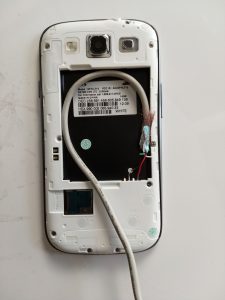I’m undergoing a big project of scanning old family scrapbooks. I have two scanners involved, each with their own naming scheme, dumping files of various types (pdf, jpg) into the same folder. I need to have an accurate chronological view of when things were scanned (nothing was scanned at the exact same moment.) At this point the only way to get this information is to sort all the files by modified time, but no other programs but a file manager look at files this way. I needed a way to rename all the files to reflect their modified time.
I found a couple different ways to do this, but settled on a bash for loop utilizing the stat, sed, and mv commands.
Challenge 1
Capture the extension of the files.
ls <filename> | sed 's/.*\(\..*\)$/\1/'
Challenge 2
Obtain the modified time of your file in an acceptable format. I do this using the stat command.
stat -c %y <filename>
%y is the best option here – it leaves no room for ambiguity. You could also choose %Y so the filenames aren’t so large and don’t contain colons (some systems struggle with this.) The downside do this is you only have to-the-second precision. In my case I had a few files that had the same epoch timestamp, which caused problems. More on how to format this can be found here and here.
Stringing it all together
I wrapped it all up in a bash for loop with appropriate variables. This was my final command, which I ran inside the directory I wanted to modify:
for file in *; do name=$(stat -c %y "$file"); ext=$(echo "$file" | sed 's/.*\(\..*\)$/\1/'); mv -n "$file" "$name$ext"; done
The for loop goes through each file one at a time and assigns it to the $file variable. I then create the name variable which uses the stat command to obtain a precise date modified timestamp of the file. The ext variable is derived from the filename but only keeps the extension (using sed.) The last step uses mv -n (no clobber mode – don’t overwrite anything) to rename the original file to its date modified timestamp. The result: a directory where each file is named precisely when it was modified – a true chronology of what was scanned irrespective of file extension or which scanner created the file. Success.



